Web content management systems allow users to create, edit, and publish digital content such as text, embedded audio and video files, and interactive graphics for websites. We looked at the most popular options and decided to review Top 10 web content management systems.
WordPress
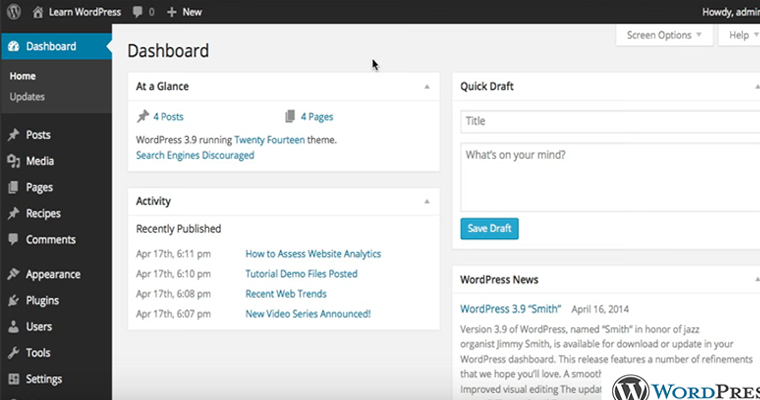
The platform was launched in 2003 and has turned into a noteworthy piece of the web since. In view of PHP and MySQL, it gives you instruments to make a feature-packed website or blog using written content, videos, images, and more. You additionally can introduce a blend of pre-made and outsider topics to customize your site.
They cater to all sorts of industries, from retail to hospitality. Despite the fact that you can download the product for nothing from WordPress.org and introduce it on your server, there’s additionally the choice to get a domain and hosting with WordPress.
Joomla!
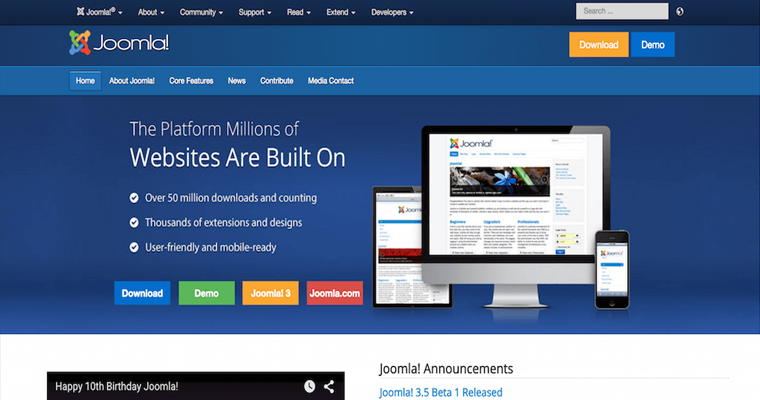
Joomla! is the development of the open-source CMS Mambo. The system is especially well known in the USA and is characterized by a completely object-oriented software design based on a stand-alone MVC framework.
This permits Joomla! clients to compose their own expansions and offer these with the group, on the off chance that they need to, utilizing the Joomla! expansions catalog, where augmentations can without much of a stretch be introduced by means of the backend.
Templates can be made in Joomla particular, by combining predefined content components. With 2.5 million installations around the world, Joomla! is the second greatest operator in the CMS advertise. The software is gone for the two fledglings and propelled clients, however, is more testing to use than WordPress.
Squarespace
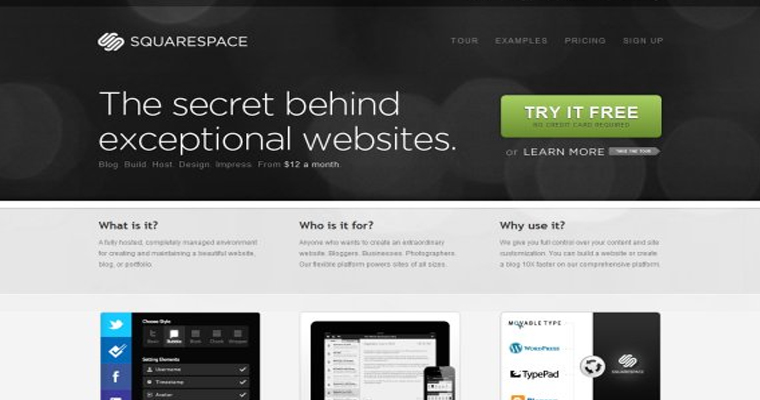
Squarespace is another prominent CMS platform(to a great extent on account of its inescapable podcast publicizing!), and it started out at around the same time as WordPress. The fundamental distinction is that it isn’t open-source – so you can’t download the product and introduce it all alone server.
Rather, it’s an incorporated web designer, blogging stage, and hosting service. The premise is that you agree to accept membership and Squarespace makes it simple to assemble a site starting with no outside help, which is clearly convenient in the event that you don’t have any past web advancement encounter, or if you need to get a site up and running in a short space of time.
Like WordPress, you can introduce distinctive topics and assemble a site utilizing content, pictures, and recordings. The software is gone for the two fledglings and propelled clients, however, is more testing to use than WordPress.
Weebly

Like WordPress, Weebly may well be a name that you’re acquainted with. It’s a simple to-utilize content management system that lets you set up a simple website within a matter of minutes. The platform uses a drag-and-drop format, so you can add highlights and media to your site effortlessly. And by a similar token, you can quickly evacuate anything at whatever point you need.
There is a load of pricing options to choose from, all based on different business and personal needs. After the essential, free option, the least expensive arrangement is around $6.50, which provides you with unlimited storage, a domain name, and Google Ads credit.
Magnolia
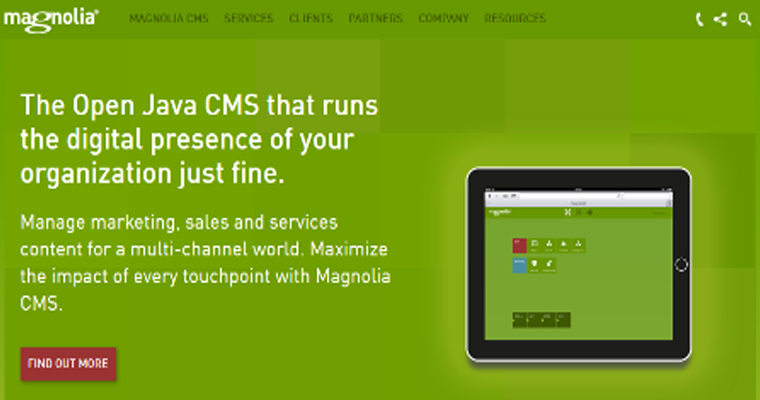
One of the main attractions of content management systems is that they’re often easy to set up and use. In case you’re maintaining a business, you’ll need to have a site to advance your products and services, however, you might not have the specialized know-how to assemble one yourself.
The java-based Magnolia CMS is focused on particularly organizations that need sites that can do practically everything. It dons a center point coordinating regions, such as e-commerce, analytics, marketing automation, social media, CRM, and ERP. The beauty here is that you can add these functions as time goes on and your business develops
Wix

Wix is a cloud-based web development platform that gives you a chance to make HTML5 and mobile-optimized websites easily. The platform offers a drag-and-drop system, and you can include greater usefulness by introducing modules.
Wix caters to elements including email marketing, e-commerce, contact forms, and community forums. As is normal for CMS platforms, you have the option to remove adverts, use your own domain name and get increased bandwidth by going for a premium plan.
Drupal
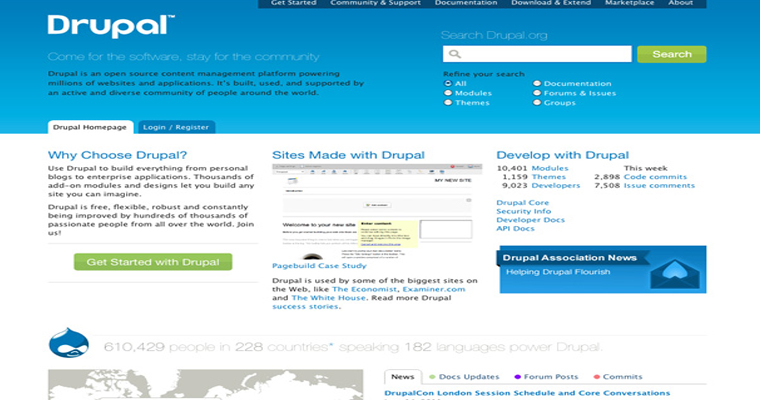
The modular CMS Drupal was initially created as a student group solution, however, is presently accessible as a full-fledge open source CMS. The software accompanies an amazingly lean essential installation, which can be expanded a considerable amount by modules. Today, the project’s quality lies in its group. Already, the basic module has numerous web 2.0 and community functions like weblogs, forums, and tag clouds.
The CMS Drupal offers extensive opportunities for customization with its modular layout. Clients who know precisely what they need can save themselves the manual accumulation of programming parts. For some situations, preconfigured distributions based on the Drupal framework are available.
Typo3
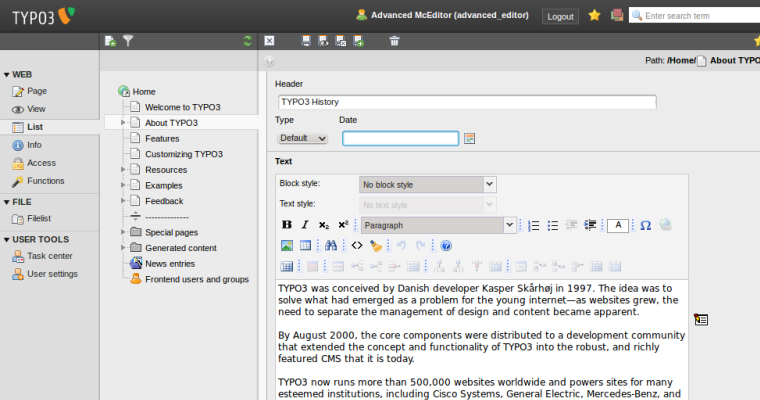
Typo3 is the most well-known open source CMS. The software project is an enterprise management system and is continually refreshed and kept in fact current by a group of experienced designers. TYPO3 is an incredible answer for large corporate portals and e-commerce platforms.
TYPO3 offers a huge group, which provides quick and easy help for beginners with technical problems or questions. There are likewise numerous professional providers who specialize in TYPO3 support and provide agency services to business users.
Contao
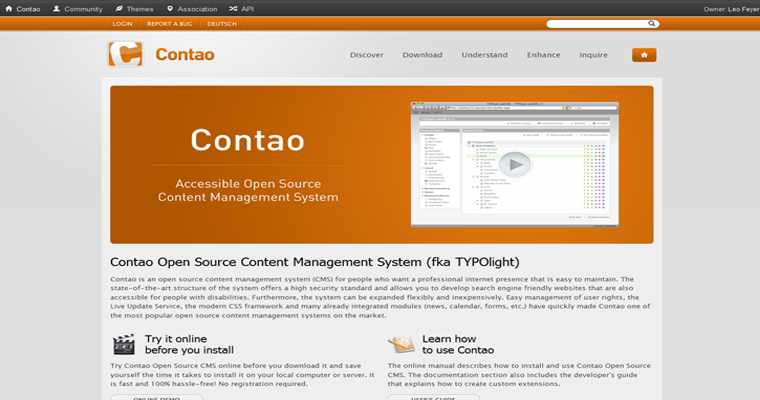
The CMS Contao (already known as TypoLight) is – as the first name suggests – a clear and user-friendly content management solution. The framework includes an instinctive, multi-lingual backend and a clearly-structured administrative layer. The software project pays particular attention to compatibility with web standards, providing barrier-free online content in XHTML Strict or HTML 5.
The software’s basic configuration already has a comprehensive range of functions that can be flexibly adapted to individual needs with more than 1900 available extensions. The CMS framework additionally offers an integrated subject manager.
This makes it possible to independently arrange the plan and format of a site in view of Contao with the assistance of pre-composed modules. In addition, site proprietors are offered proficient themes for different application writes and ventures through the Contao site. These themes generally should be obtained, though.
Bynder
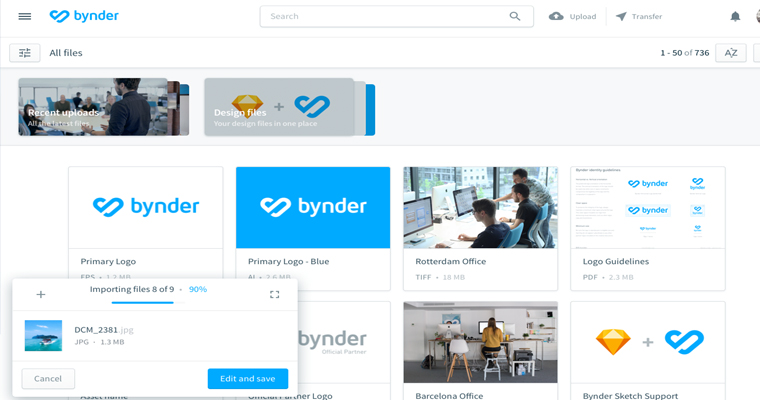
Content management systems are incredible for distributing content online, clearly enough, but at the same time, they’re gold clean with regards to working together on content crosswise over teams. Bynder is a promoting platform that lets brands create, find, use and work on content easily.
It gives plenty of top-notch work processes to help brand managers, marketers, and editors produce, approve and circulate new marketing content. There’s likewise the capacity to make a shareable style control so all substance is consistent and matches the company’s brand image.